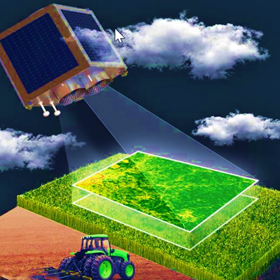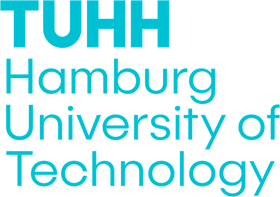Observations from weather stations have been widely used to study climate change over a long period of time. However, due to the scarcity of point-based weather observations, our understanding of the Earth’s changing climate is very limited. This impedes the advancement in our knowledge of the Earth’s climate system and our capability to develop well-suited climate models to simulate future climate change, which further results in considerable uncertainties associated with future climate projections. How to quantify and minimize these uncertainties is thus becoming one of the most challenging issues to be addressed for climate change impact assessment and adaptation studies. Remote sensing offers a new way of observing the Earth’s climate system with continuous and high-resolution spatial coverage through satellite-based, aircraft-based, or drone-based sensor technologies. This can significantly improve our understanding of climate change and its potential impacts at global, regional, and local scales. The data collected with remote sensing technologies can also be used to validate our climate models, improve our knowledge of the physical and dynamical processes of the climate system, and help us to project future climate change and its impacts with minimized uncertainties.
When it comes to the term’s sensors and research, you have to look very closely at what it is all about in the end. From the Smart Sensors department, research focuses on the sensor systems themselves, while at the same time sensors are an important component in various multidisciplinary research activities. In this Challenge, that is embedded in a course for Master students of Microelectronics and Microsystems the relevant aspects in interdisciplinary sensor research will be taught and explored together.
The Challenge aims to plan a mission for a small satellite that is actually capable of flight and that is built in one of the TUHH's Bachelor's programme. As a starting point we will explore the capabilities of fluorescence sensing. Vegetation fluorescence that can reflect photosynthetic activity and plant health and stress. In turn, this is not only important for a better understanding of the global carbon cycle, but also for agricultural management and food security.


